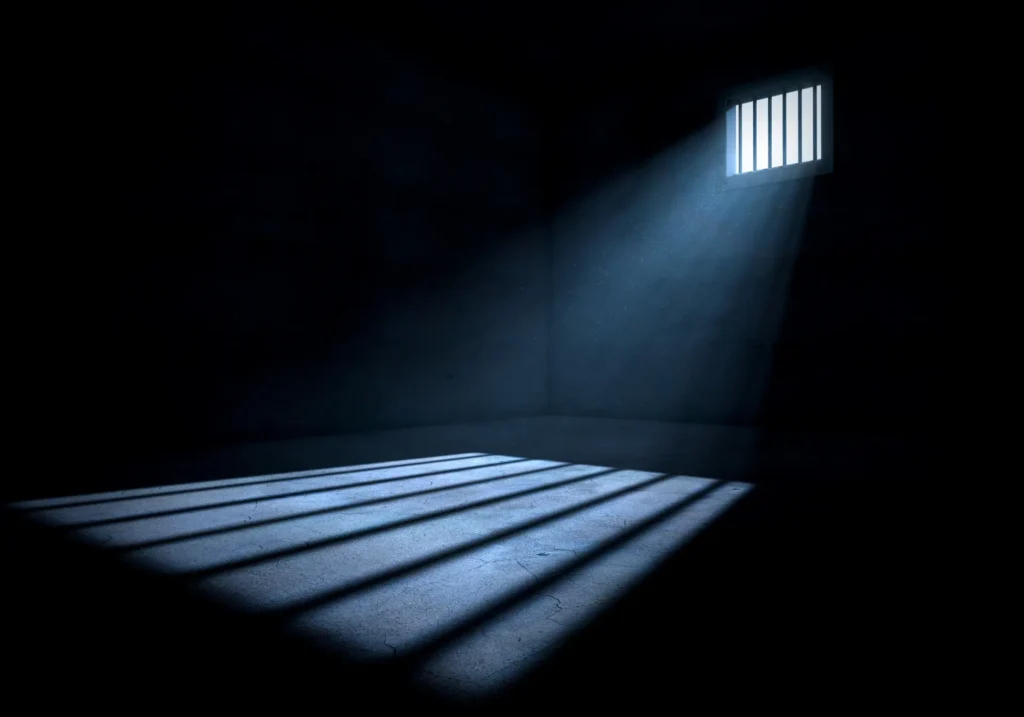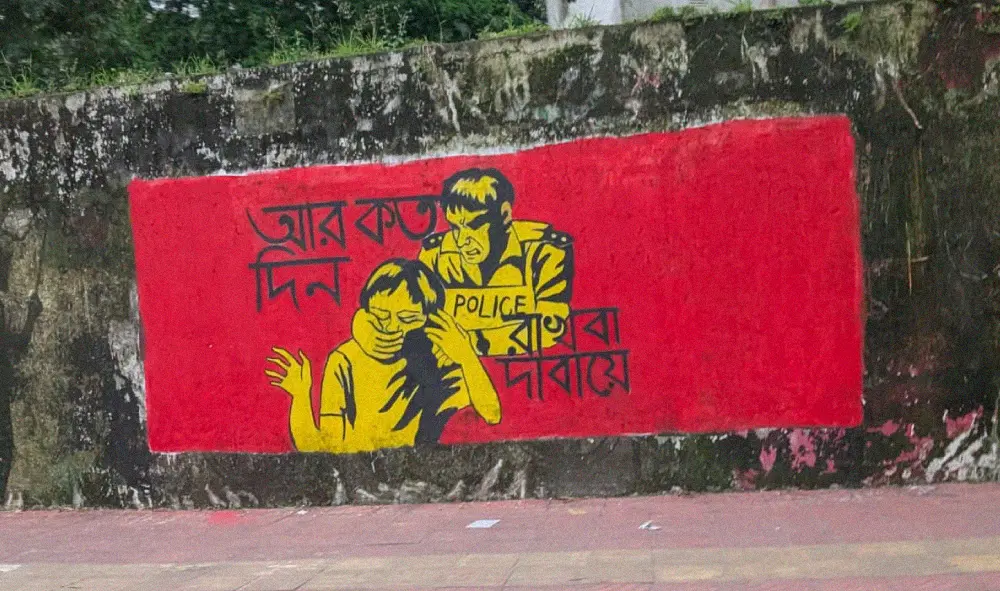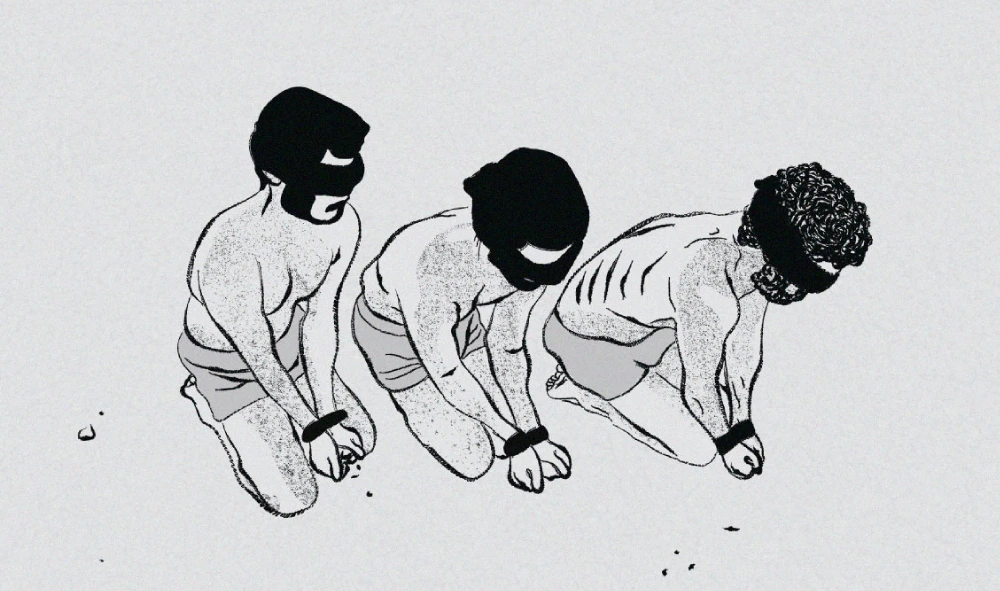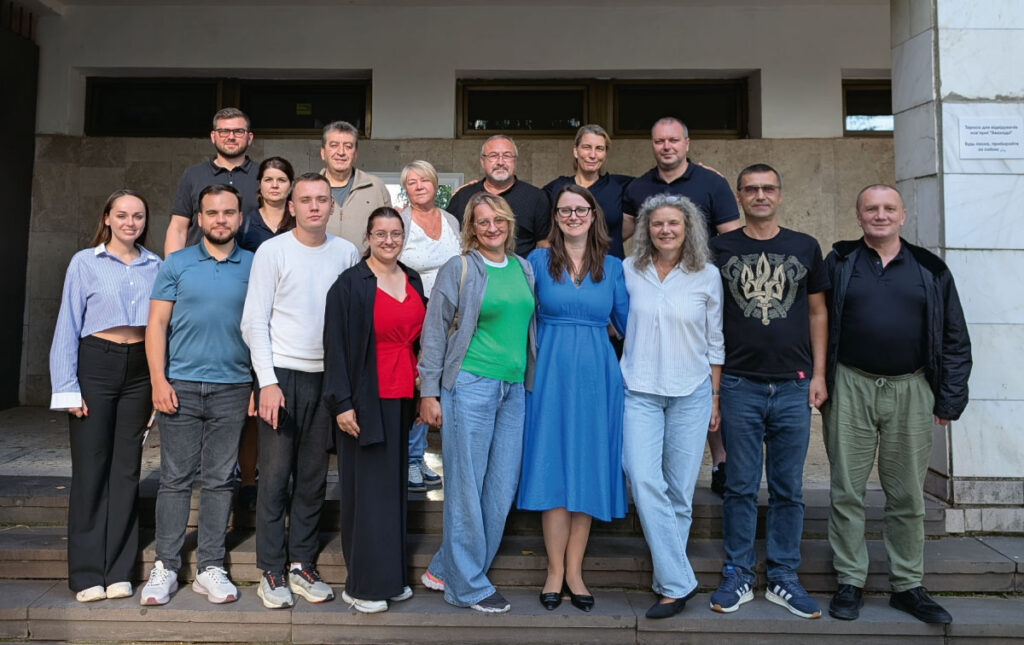What do we know about the use of torture and other cruel, inhuman, or degrading treatment in Ukraine as we reach three years after the invasion?
We know that torture by Russian authorities is widespread in the occupied territories of Ukraine. It is used as a tool of repression and to extract information from Ukrainians about the resistance against the Russian occupation. Also, the vast majority of prisoners of war in the custody of the Russian armed forces have been subjected to torture.
The United Nations Monitoring Mission reports in February 2025 that 95% of former prisoners of war that they interviewed provided detailed and consistent reports of torture or ill-treatment, and around half had been subjected to sexual violence. At least five Ukrainian prisoners died due to the torture.
Is there a pattern in the use of torture and types of torture methods?
The methods of torture include beatings with fists, tactical gloves with knuckles, wooden hammers, rifle butts, shovels, batons or sticks, electrocution with tasers and TA-57 military telephones. We also know that individuals have been subjected to mock executions with the use of firearms, being held in cold temperatures without clothes and threatened with mutilation or death. Sexual violence included rape, attempted rape, threats of rape and castration, beatings of genitals, electrocution of genitals, forced nudity and sexualized humiliation.
The majority of prisoners reported that so-called ‘welcome beatings’ took place as a systematic part of the admission procedures by the majority of former prisoners, for example, the welcome trains, where newly arrived prisoners are forced to bend over each other, forming a train, which moves down a corridor of military staff, beating them with various instruments.
UN has found that many of the documented instances of torture or ill-treatment involved different State entities, suggesting significant levels of coordination between these entities and widespread knowledge of the use of torture.
How is torture and other cruel, inhuman, or degrading treatment in Ukraine used as a weapon of war in Ukraine?
Torture and ill-treatment are used to degrade and humiliate Ukrainians, particularly those representing roles or wearing symbols of Ukrainian resistance to the Russian occupation. Prisoners with pro-Ukrainian tattoos, members of specific military formations, and soldiers who were active in eastern Ukraine before 2022 were at higher risk of the most violent forms of torture or ill-treatment.
Also, DIGNITY’s partner organization, Kharkiv Human Rights Protection Group, reports numerous cases where prisoners have been forced to sing and listen to the Russian national anthem and to praise Russian leaders.
Together with partners, DIGNITY is documenting torture and other cruel, inhuman, or degrading treatment – why is this documentation important?
Torture often remains under the radar because of the pain and silence that frequently surrounds torture. Therefore, documentation of cases of torture and their consequences on the body and the mind of victims is the start of holding perpetrators accountable.
Professional documentation of cases of torture may promote awareness of the crimes committed and may serve as evidence in courts and tribunals to get the perpetrators convicted.
Further, the documentation process – if carried out after the highest professional standards – is often helpful to victims in the process of moving on and rebuilding their lives after torture.
What are the most immediate psychological and physical challenges that torture survivors face when trying to rebuild their lives?
Torture has devastating effects on the life of the victim. Haunted by pain, flashbacks, poor sleep with nightmares, avoiding contact with other people and having lost faith in the future. This makes it very difficult to live a normal life. This may also lead to further problems, such as social isolation, splitting up of the family and an inability to maintain a decent standard of living.
Addressing the torture, including seeking help, is painful and frightening, so overcoming this barrier is likely the most important challenge. In many regions of the world, treatment and rehabilitation for persons subjected to torture is not available for free, if at all. In this case, survivor groups may serve as a lifeline for persons subjected to torture.
Still, supporting professional treatment and rehabilitation may reduce the symptoms and improve functional ability considerably. This may be the decisive push to start rebuilding life after torture, which is so important.




